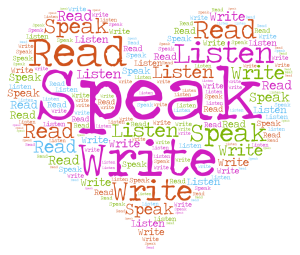Upon constructing your presentation you need to make sure of the following:
- Is the template and font style professional and clear
- Introduce yourself, why you are here and what you are going to be presenting
- The slides aren’t text heavy but that the text used is clear to see. Keep it short and concise –you can elaborate on the key points yourself
- Clear images and diagrams are used and aren’t affected by being projected to a larger size
- That you understand every element of each piece of information that you include
- Clear and concisely titled slides to make it easy to follow
- Conclude the presentation and your project – ask for any questions
Be prepared for questions that probe your knowledge and understanding – take your time to compose your answer and ask for the question again if you do not understand it. Be confident in answering – it’s your project – you should know it!
Eye contact and voice projection and appropriate pace are key to a good presentation, look at each member of your audience but don’t stare – don’t rely on slides to read from.
You can use props/hand-outs/visual aids to assist your presentation, this could include the slides themselves printed, more important parts on larger paper, physical parts and models.
Ensure your presentation clearly explains the purpose of your project, clear statement of aims and objectives. Highlight main points throughout.
Include critical analysis, methods, results and discussion
Was it a success? Reflecting on the project, are there any future uses for the project or additional ideas. How would you go about it differently or extend the project?
Wear a suit or dress smartly!
These tips should see you through your presentation and give you the best chance to achieve the best grade possible.
Remember to check your assessment criteria to make sure you hit each point…..Good Luck!
Taken from Josh Smith’s blog on Oxford University Press:
http://educationblog.oup.com/category/vocational/motor-vehicle-technology






